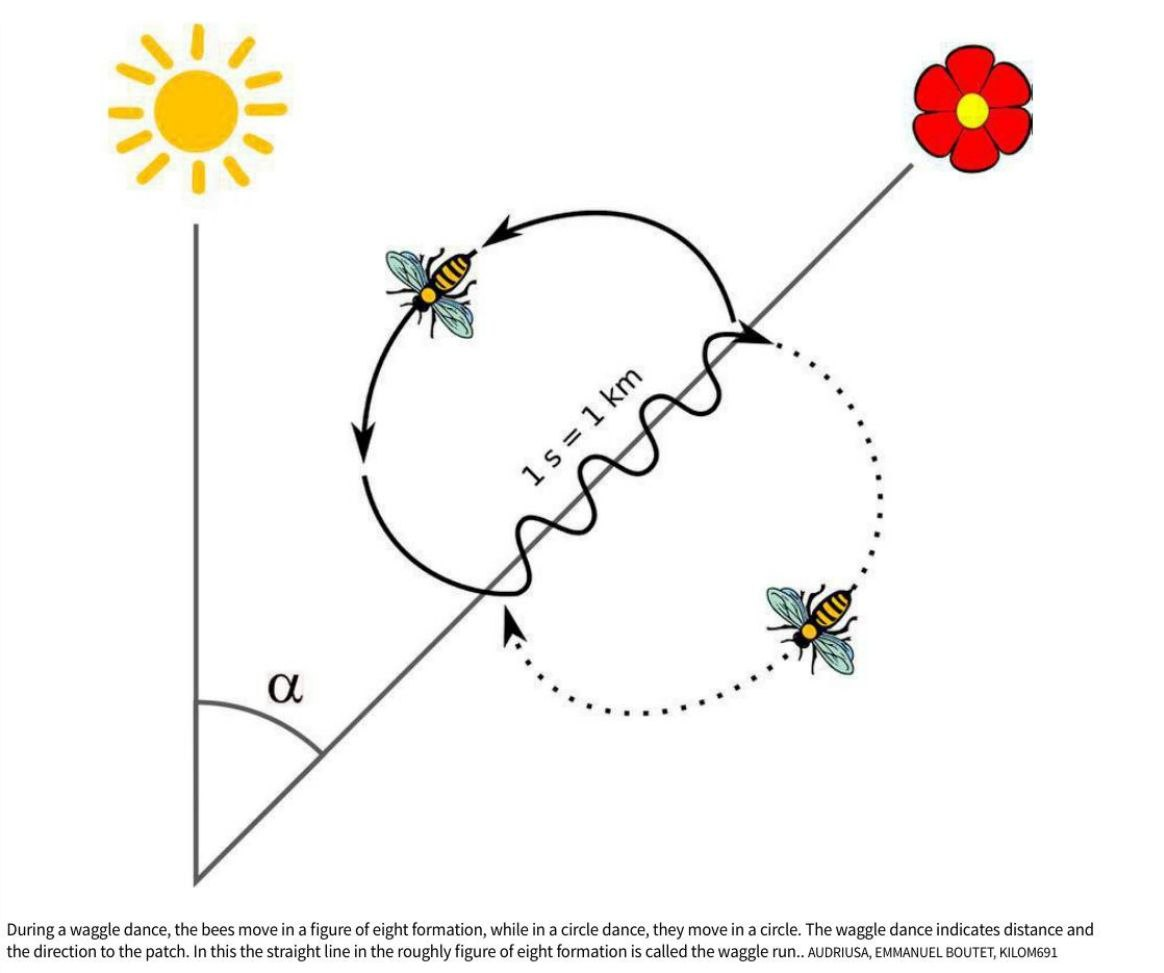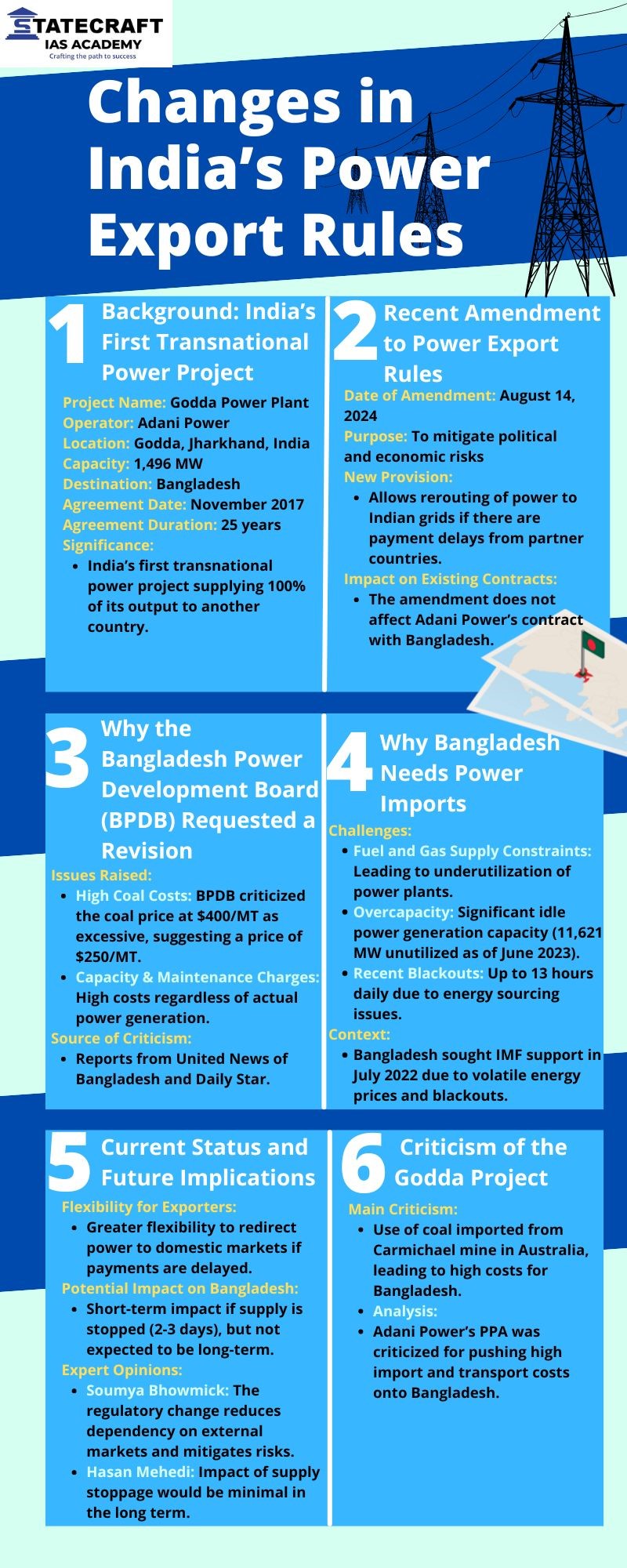1. India's Nuclear Doctrine: Relevance and Continuity
Overview
India’s nuclear doctrine, introduced in the draft form in 1999 and operationalized in 2003, has been foundational in shaping its nuclear policy. Despite evolving regional threats and technological advancements, the doctrine’s core principles remain relevant.
Core Principles of India’s Nuclear Doctrine
- Credible Minimum Deterrence
- Definition: Maintain a nuclear arsenal that is effective enough to deter any nuclear aggression.
- Objective: Ensure deterrence with a minimum level of nuclear capability without engaging in an arms race.
- Implementation: The arsenal is growing at a measured pace, avoiding large-scale accumulation.
- No-First-Use (NFU) Policy
- Definition: India will not be the first to use nuclear weapons but will respond to a nuclear attack.
- Purpose: Ensure a stable and predictable nuclear posture.
- Debate: While some criticize NFU as a potential disadvantage, the policy aims to reduce the risk of nuclear escalation and maintain stability.
- Retaliation-Only Policy
- Definition: Nuclear weapons will only be used in retaliation to a nuclear attack.
- Focus: Ensures that nuclear weapons are not used pre-emptively but are a deterrent against attacks.
- Building of a Credible Deterrent
- Attributes: The force should be effective, enduring, diverse, flexible, and responsive.
- Adjustments: While the numbers of warheads are dynamic, the emphasis remains on deterrence rather than parity.
Contemporary Challenges and Doctrine Relevance
- Regional Threats
- Pakistan: Emphasizes “full spectrum deterrence” with a possible first-use posture.
- China: Expanding its nuclear capabilities, which might challenge India’s minimum deterrence approach.
- Implication: India’s doctrine faces pressure from these evolving threats but remains grounded in strategic restraint.
- Technological Advancements
- Developments: Precision conventional delivery systems, cyber warfare, AI, and ISR capabilities.
- Impact: These technologies necessitate updates in command and control but not necessarily a doctrinal overhaul.
- Strategic Ambiguity
- Proposal: Some suggest dispensing with NFU or maintaining ambiguity.
- Analysis: Ambiguity might increase misperception and risk, while a first-strike capability would be costly and challenging to sustain.
- Tactical Nuclear Weapons
- Criticism: Some argue for the inclusion of tactical nuclear weapons.
Counterpoint: The use of tactical nuclear weapons might destabilize the situation further, making strategic stability harder to maintain.
2. Restoration of Banni Grasslands: Strategies and Insights
Overview
- The Banni grasslands in Kachchh, Gujarat, once covering approximately 3,800 sq. km, have now reduced to about 2,600 sq. km.
- This vast ecosystem is crucial for biodiversity and offers multiple ecosystem services.
- Recent research evaluates the suitability of different areas within Banni for sustainable restoration based on their ecological value.
Findings of the Study
- Suitability Categories
- Highly Suitable (36% – 937 sq. km): Can be restored easily with adequate water sources (irrigation or rainwater harvesting).
- Suitable (28% – 728 sq. km): Similar restoration methods as highly suitable areas.
- Moderately Suitable (27% – 714 sq. km): Restoration is feasible with additional measures like improved irrigation and soil management.
- Marginally Suitable (7% – 182 sq. km): Requires interventions such as terracing, fertilization, and protection from erosion and salt intrusion.
- Not Suitable (2% – 61 sq. km): Likely requires substantial modification and management efforts.
- Methodology
- Data Collection: Utilized satellite data (Sentinel 2, ASTER) for geomorphological analysis and land cover.
- Soil Analysis: Examined 20 parameters including soil nutrients, texture, acidity, organic carbon, salinity, and more.
- Regional Analysis: Covered large areas and multiple indicators, offering a comprehensive view of restoration potential.
Implications and Recommendations
- Policy and Management
- For Policymakers: The study provides a robust foundation for crafting policies to protect and rehabilitate grasslands. Recommendations can guide legal and regulatory frameworks to promote sustainable land use.
- For the National Green Tribunal (NGT): Insights can inform decisions on conservation efforts and management strategies.
- Biodiversity and Ecosystem Services
- Biodiversity: Grasslands are critical habitats for species like the great Indian bustard and the Bengal florican. Conservation efforts are essential to protect these species and maintain ecological balance.
- Ecosystem Services: Grasslands play a vital role in carbon sequestration, climate regulation, and providing resources for local communities. Restoration efforts will enhance these benefits.
- Community and Livelihoods
- Local Benefits: Restoring Banni grasslands can support local communities dependent on these lands for livestock and other livelihoods. Sustainable management practices can improve economic opportunities while preserving the environment.
- Future Research
Comprehensive Approach: The study highlights the importance of considering multiple ecological and soil parameters, moving beyond single-vegetation indicators to better assess
4. Government's Defense of Triple Talaq Law Before Supreme Court
CONTEXT: The Supreme Court is currently reviewing the constitutionality of the Muslim Women (Protection of Rights on Marriage) Act, 2019, which addresses the practice of triple talaq.
This legal challenge has been brought forward by the Samastha Kerala Jem-iyyathul Ulama, which argues that the Act is unconstitutional and violates various constitutional provisions.
Government’s Stance
- Purpose and Justification
- Affidavit Argument: The Centre asserts that the Act is crucial for advancing gender justice and equality for married Muslim women. It aims to uphold their fundamental rights and provide protection against discriminatory practices.
- Context: The government describes the practice of talaq-e-biddat (instantaneous triple talaq) as institutionalizing the abandonment of wives, causing both private harm and public wrongs by undermining women’s rights and the institution of marriage itself.
- Historical Context
- Supreme Court Ruling: The practice of talaq-e-biddat was declared unconstitutional by the Supreme Court in the Shayara Bano case on August 22, 2017. Despite this ruling and assurances from the All India Muslim Personal Law Board, instances of triple talaq persisted.
- Need for Legislation: The government argues that the Supreme Court’s ruling alone did not sufficiently deter the practice. Therefore, legislative action was necessary to enforce the Court’s decision and address the grievances of victims.
- Constitutional Validity
- Judicial Role: The Centre emphasizes that the Supreme Court’s role is to determine the constitutionality of the legislation, not its wisdom or policy decisions. It stresses that the legislature has the authority to enact laws for the welfare of people within constitutional limits.
- Legislative Action: The affidavit contends that since the Supreme Court had already invalidated the practice of triple talaq and recognized it as discriminatory, the Act’s role in criminalizing the practice aligns with constitutional mandates.
- Conclusion
Request to Dismiss: The Centre requests that the Supreme Court dismiss the challenge to the Act, arguing that it is a valid legislative measure designed to implement the Court’s previous ruling and rectify an ongoing issue.
6. Monkeypox (Mpox): A threat in India
Monkeypox is a viral zoonotic disease caused by the monkeypox virus, which belongs to the Orthopoxvirus genus.
It was first identified in laboratory monkeys in 1958, but it is more commonly found in animals like rodents and primates in Central and West Africa.
- Transmission:
- Animal to Human: Through direct contact with blood, bodily fluids, or cutaneous/mucosal lesions of infected animals.
- Human to Human: Via respiratory droplets, direct contact with body fluids, or contaminated materials.
- Global Status:
- Declared a Public Health Emergency of International Concern by WHO in July 2022.
- As of 2024, over 99,000 cases and 208 deaths reported globally since 2022.
Recent outbreaks in countries like Pakistan, the Philippines, and Sweden.
- Status in India:
- First case reported in 2022 from a man who arrived from the Middle East.
- Total of 30 cases detected in India since 2022.
- No current cases as of August 2024, but health measures are in place.
- Treatment:
- No specific treatment, but supportive care and antiviral drugs like Tecovirimat can be used.
Additional Details:
- Recent Developments: WHO lifted the emergency status in May 2023, but vigilance remains high due to sporadic cases.
- Preparedness in India: Health units at airports, seaports, and ground crossings are sensitized. Testing laboratories and health facilities are ready to detect, isolate, and manage any cases








